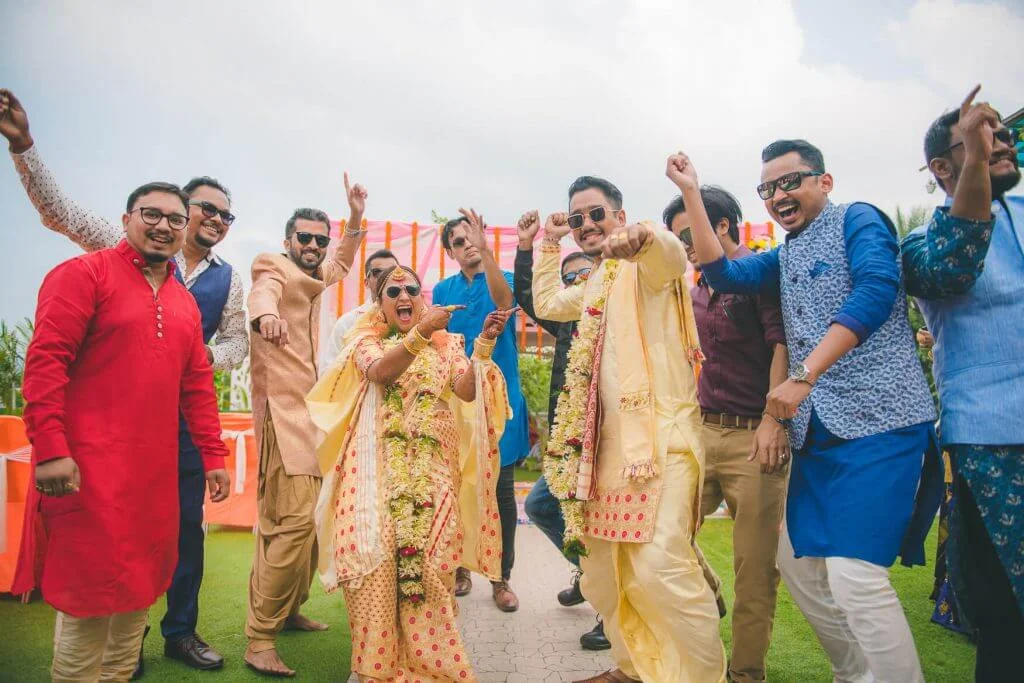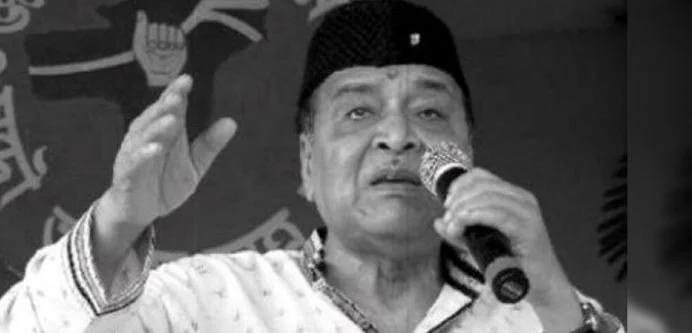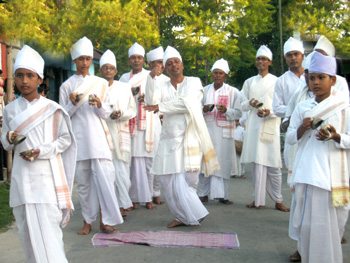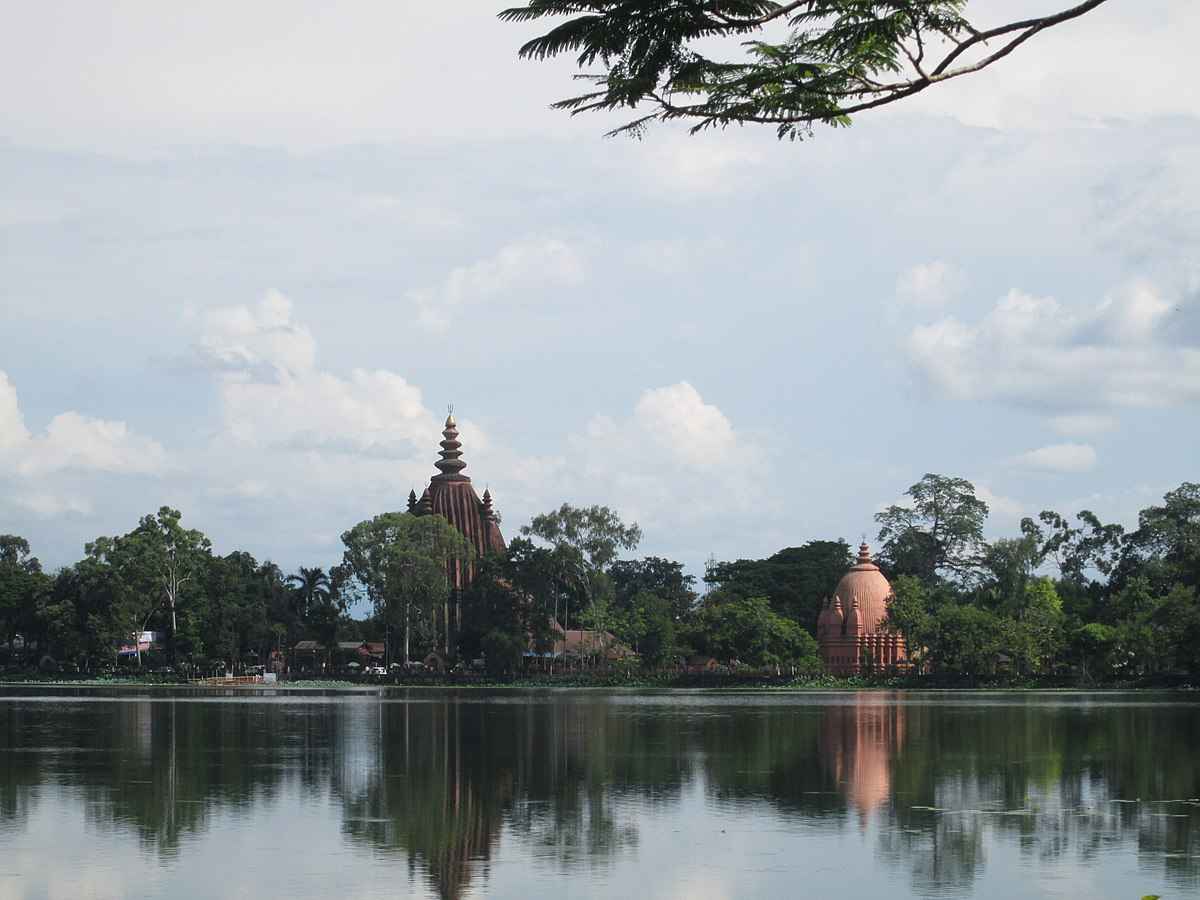Immerse yourself in the timeless rituals of Assamese weddings. Discover the beauty of Nau Lakhi, Juran Diya, Anuranan, and Biya ceremonies. Explore more on kihikila.in
Assam, a jewel in the northeastern part of India, is not just known for its lush landscapes and rich biodiversity but also for its vibrant cultural tapestry. Among the various cultural gems, Assamese weddings stand out as a celebration that encapsulates traditions, rituals, and the essence of community life. In this exploration of Assamese wedding traditions, we delve into the intricate customs that make these weddings unique.
The Prelude: Nau Lakhi
Nau Lakhi: A Prelude of Nine Letters
Before the wedding ceremonies kick off, Assamese tradition embraces the Nau Lakhi ritual, where nine sets of letters are exchanged between the bride and groom’s families. Each letter contains symbolic messages, establishing a connection and building anticipation for the impending union.
In between these exchanges, families get to know each other better, fostering a sense of unity that goes beyond the impending nuptials. The exchange of letters is a poetic dance of words, weaving a story of commitment and familial bonds.
Juran Diya: A Token of Love
Juran Diya: Tying the Knot of Togetherness
As the wedding day approaches, the Juran Diya ceremony takes center stage. In this ritual, the maternal uncles of the bride and groom tie a sacred thread around their wrists, symbolizing the bond of protection and care. It is a heartfelt moment that reflects the amalgamation of two families into a harmonious unit.
Juran Diya Highlights:
- Symbolic thread tying.
- Maternal uncles play a pivotal role.
- Emphasis on familial unity.
Anuranan: The Harmonious Prelude
In the tranquil morning air, the Anuranan ceremony begins, heralding the union of souls.
Anuranan: Echoes of Joyful Beginnings
Anuranan, meaning resonance, is a melodious prelude to the wedding. It involves the chanting of hymns and mantras, filling the surroundings with positive vibrations. The ceremony acts as a serene overture, setting the stage for the grand celebration ahead.
Anuranan Key Features:
- Chanting of hymns and mantras.
- Positive vibrations.
- Serene prelude to the wedding day.
Biya: The Sacred Vows
Amidst the auspicious chants, the sacred vows are exchanged, sealing a promise for a lifetime.
Biya: Exchanging Eternal Vows
The Biya ceremony is the heart of the Assamese wedding, where the bride and groom take their sacred vows in the presence of a holy fire. This ritual binds them together for eternity, and as they circle the fire, they embark on a journey of love, commitment, and togetherness.
Biya Ceremony Highlights:
- Exchange of sacred vows.
- Holy fire as a witness.
- Symbolic circumambulation.
Post-Wedding Celebrations: Phool Biya and Xorai Biya
Phool Biya: Blooming Love
Phool Biya, meaning flower wedding, is a post-wedding ritual where the newlyweds receive blessings from family members. Flower petals are showered upon them, symbolizing the blossoming of love and prosperity in their marital journey.
Xorai Biya: Offering of Blessings
Xorai Biya involves the presentation of xorai, a traditional symbol of Assamese culture, to the newlyweds. It represents good fortune and is filled with offerings like betel nuts and leaves, symbolizing the wish for a prosperous and harmonious life.
Bridging Traditions
For a deeper understanding of Assamese culture, explore the following blogs on kihikila.in:
Exploring Assamese Cuisine – Delve into the flavors that define Assamese culinary delights.
Traditional Attire in Assam – Discover the intricate details of Assamese clothing and its cultural significance.
Sacred Spaces in Assam – Uncover the spiritual gems that grace the land of Assam.
Explore the richness of Assamese culture beyond weddings.












